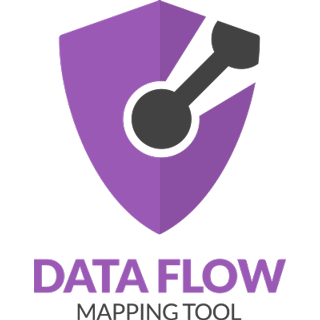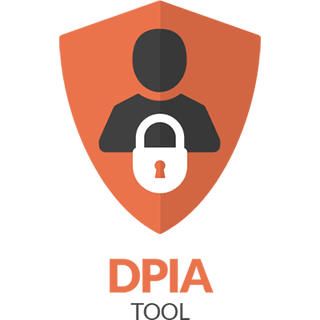GDPR Compliance Software Tools
Cyber risk and privacy management software tools
The EU GDPR (General Data Protection Regulation) requires organisations to implement appropriate technical and organisational measures to protect the personal data they process.
Complying with the GDPR ins’t easy. This is why IT Governance offers a range of modular, Cloud-based software tools to help you with your GDPR compliance journey.

Article 30 of the EU GDPR requires data controllers and processors to maintain written records of their processing activities, and to make them available to the supervisory authority on request.
The Data Flow Mapping Tool simplifies the process of creating data flow maps, giving you a thorough understanding of what personal data your organisation processes and why, where it is held and how it is transferred. The Data Flow Mapping Tool is a Cloud-based application, licensed for up to five users and can be accessed via any compatible browser.
With this tool you can:
- Get a complete view of your personal data flows
- Save time, effort and costs with an easy- to-follow process
- Visualise data flows simply and consistently
- Improve reporting with a user-friendly dashboard and reports
- Embed data protection by design for the GDPR (Article 30)
- Accurately pinpoint which data is being processed, where and how
- Keep track of lawful retention periods of your data
- Quickly discover personal information in response to a data subject access request
Learn more about the Data Flow Mapping Tool >>

A DPIA (data protection impact assessment) helps organisations identify, assess and mitigate or minimise privacy risks to data processing activities. They are particularly important when introducing a new data processing process, system or technology.
DPIAs also help organisations demonstrate compliance with the GDPR’s accountability principle, providing evidence that appropriate measures have been taken.
Article 35 of the EU GDPR requires DPIAs to be carried out wherever a type of processing is likely to result in a high risk to data subjects’ rights and freedoms.
Key elements of a successful DPIA are:
- Identifying whether a DPIA is required;
- Describing the information flows;
- Identifying data protection and related risks;
- Identifying data protection solutions to reduce or eliminate the risks;
- Signing off on the outcomes of the DPIA; and
- Integrating data protection solutions into the project.
With this tool you can
- Simplify and speed up the entire DPIA process.
- Ensure your DPIA process meets the supervisory authority’s requirements.
- Helps you create a DPIA process and define the scope of the DPIA.
- Produces a consistent approach for every DPIA.
- Gives you the ability to share DPIA results with key stakeholders and the ICO.
- Generates accurate reports on each DPIA conducted.
- Enables you to export the results of each DPIA.
Learn more about the DPIA Tool >>
GDPR Manager enables you to assess your data protection practices and manage some of the more arduous elements of GDPR compliance, such as recording and reporting data breaches, handling DSARs (data subject access requests) and determining whether third parties have suitable measures in place to protect personal data.
The GDPR Manager tool comprises four modules:
- Breach Report Module – Keep a record of all breaches and incidents that occur.
- DSAR Module – Keep a record of all DSARs received.
- Gap Analysis Module – Identify where action is required to protect personal data and comply with the GDPR.
- Third Party Management Module – Keep track of the processors and controllers that your organisation works with to process personal data.
Learn more about the GDPR Manager >>
Speak to an expert
Contact us today for further advice and guidance on our GDPR software solutions.